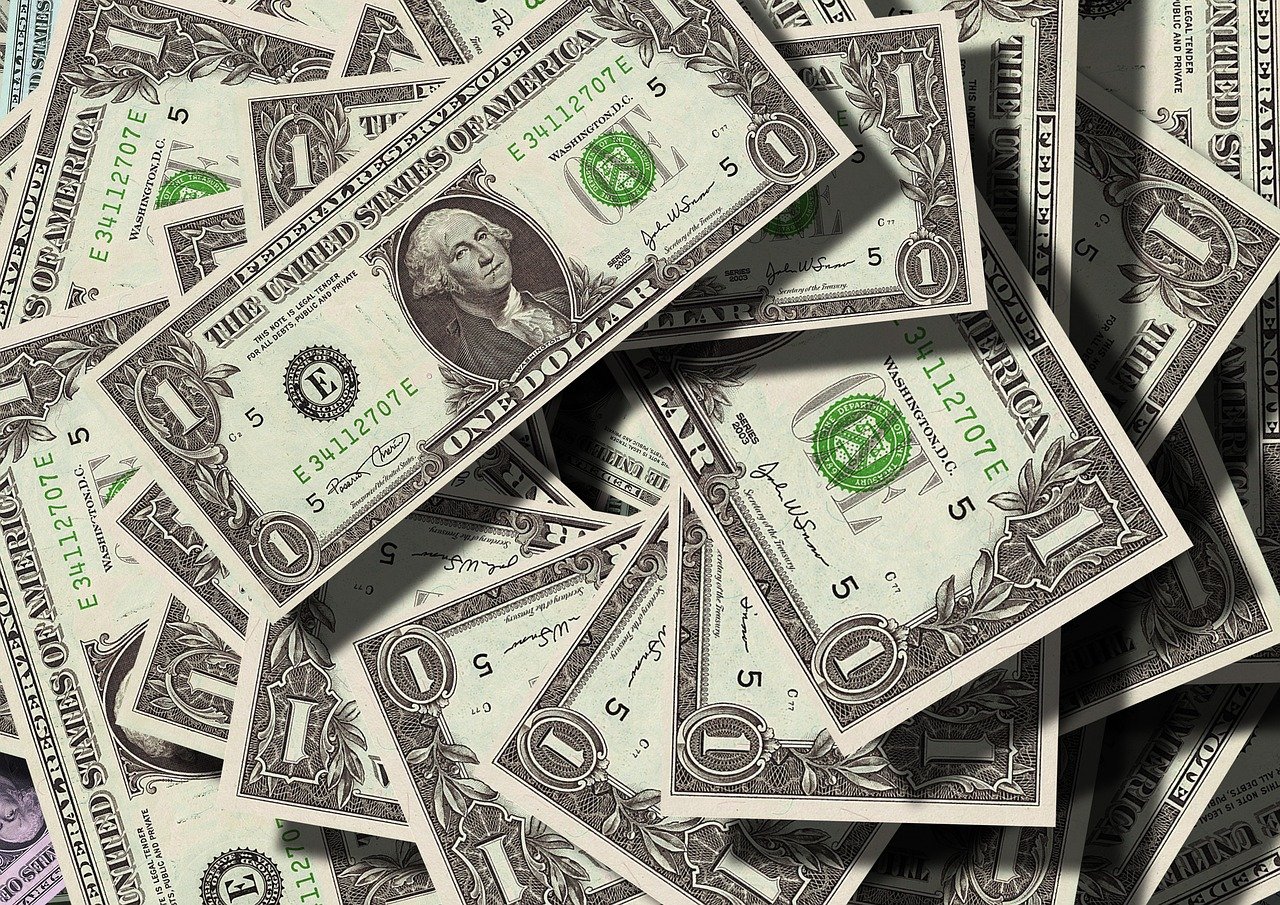
Around the world, a new economic wave is sweeping through industries, fueled by consumer demand for responsible business practices and an eco-conscious approach.
Set to reach $79.65bn by 2030, the green technology and sustainability market is not only thriving but is projected to grow at a staggering compound annual growth rate (CAGR) of 22.4 per cent, reaching over $105bn by 2032.
Today’s consumer is more informed, value-driven, and sustainability-conscious than ever. A recent study conducted by PwC shows that 80 per cent of people are willing to pay more for sustainable products and services, despite the cost of living pressures they face.
This isn’t a TikTok trend or limited to younger generations; it spans across demographics, reflecting a global awakening about the finite resources of our planet. From eco-friendly packaging to clean energy solutions, buyers are seeking brands that align with their ethics.
Consider brands like The Giving Movement, whose ethos of environmental consciousness has made it a leader in both the sustainability and profitability arenas in the UAE.
Similarly, Unilever’s Sustainable Living brands accounted for 75 per cent of its overall growth in recent years, proving that purpose-driven strategies give tangible returns. On the other hand, companies and brands neglecting their environmental responsibilities are finding themselves under scrutiny, even from their own employees.
The commercial case for businesses to meet sustainability needs
Sustainability isn’t just about saving the planet, it’s a business strategy with proven commercial benefits.
Companies that prioritise eco-conscious practices and social responsibility are not only driving positive change but also reaping financial rewards. Take IKEA as an example. Between 2016 and 2023 the company notably reduced its climate footprint by 24.3 per cent while increasing its revenue by 30.9 per cent.
The global furniture giant has also committed to using 100 per cent renewable and recycled materials by 2030. Not only has this enhanced their brand image, but it has also resulted in cost efficiencies and greater customer trust.
PwC also found that consumers were ready to spend an additional 9.7 per cent for sustainable products. This conscious shift in consumer behavior is driving revenue growth for businesses embracing sustainability. This trend isn’t limited to consumer goods – the renewable energy sector as an example, has grown substantially over the last few years.
From increased customer loyalty to operational efficiencies, the business case for sustainability is compelling – and the numbers back it up.
Unlocking the $79.65bn potential
Before innovating or creating something new, companies must first get their house in order and get a realistic understanding of their current impact. This means conducting a thorough audit of their environmental and social footprints.
Consumers and investors alike want to see real, measurable progress and numbers to build trust.
Sustainability and innovation go hand-in-hand. Businesses need to identify a market gap in their sector between what is available and what the consumer really wants. This could mean developing entirely new products with biodegradable materials or rethinking existing offerings.
Customers are not only embracing these efforts but are also willing to pay more for them.

Embrace the circular economy concept
One of the most exciting ways for businesses to innovate is to unlock the potential of the circular economy. This approach focuses on eliminating waste and reusing materials to create a closed-loop system.
From garment collection programmes from H&M to furniture take-back programmes from IKEA – brands world-over are embracing this concept and innovating their offering. It is also a powerful marketing strategy that tells a compelling brand story.
By focusing not only on the origins of your product but also on its entire lifecycle, where it will end up and how it can be repurposed. This approach transforms customers into active participants in creating positive change, fostering a sense of ownership and responsibility by aligning with the brand.
By involving consumers in programs like recycling, upcycling, or product take-back schemes, you create deeper connections and inspire customer loyalty. It’s not just about selling a product, it’s about building a community that shares a vision of a better world (see what I did there? Could very well be the tagline of your next marketing campaign – that’s what I mean by effective storytelling).
Sustainability is a journey, and your consumers want to be part of it. This could take the form of transparent social media campaigns, interactive events, or even sustainability challenges where consumers are invited to pitch their ideas and create a positive impact.
A future built on responsibility and profit
With growing consumer demand and market potential skyrocketing, the question isn’t whether to embrace sustainability but how quickly your business can adapt.
Tapping into the $79.65bn sustainability market requires more than just checking boxes – it demands transformative, systemic change. By combining transparency, innovation, education, and collaboration, businesses can build a competitive advantage that drives lasting growth.
The bonus? A ready audience of consumers already willing to pay a premium for this shift.
Companies that invest in sustainability today are positioning themselves as leaders in tomorrow’s economy, proving that profitability and purpose can go hand in hand.
By Ruth O’Malley, Head of Digital Marketing, IFZA.









